- What Is the Name for the Amount of Energy Transferred Every Second by an Electrical Appliance?
- Why Is "Power" the Correct Answer?
- How Is Energy Transferred in Electrical Appliances?
- What Is the Unit for Energy Transferred?
- What Units Are Used for Work Done?
- How Do You Calculate the Power of an Electrical Appliance?
- The Power of an Electrical Appliance Is a Measure of How Quickly It Transfers... What?
- What Are Some Examples of Energy Transfers in Everyday Appliances?
- Conclusion
- Frequently Asked Questions (FAQs)
Electrical appliances play a crucial role in our daily lives, from lighting up our homes to powering kitchen devices. But have you ever wondered what is the name for the amount of energy transferred every second by an electrical appliance?
The correct answer is power. Power is an essential concept in physics and electrical engineering because it measures how efficiently an appliance transfers electrical energy into other useful forms such as heat, motion, or light.
Understanding power and energy transfer is important for managing electricity consumption, improving efficiency, and making informed decisions about which appliances to use.
Now, let’s explore this concept in detail.
What Is the Name for the Amount of Energy Transferred Every Second by an Electrical Appliance?
The correct term is power.
Power is the rate at which energy is transferred from one form to another. In electrical appliances, it represents how quickly electrical energy is converted into other forms such as heat, light, or motion.
Power is measured in watts (W), where:
1 watt = 1 joule per second
This means if an appliance has a power rating of 100W, it transfers 100 joules of energy every second.
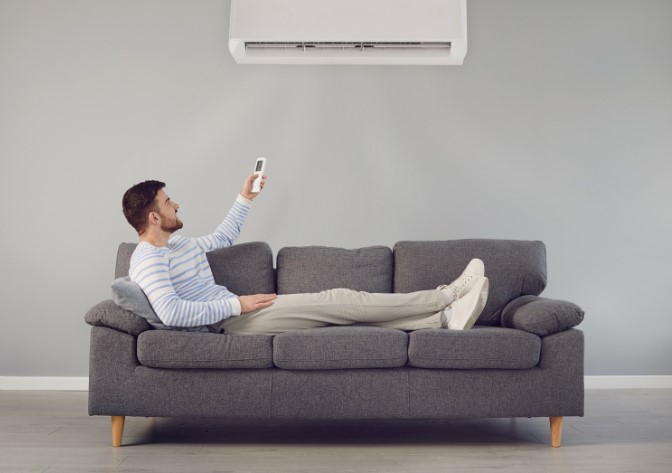
Why Is “Power” the Correct Answer?
Power Measures Energy Transfer per Second
The question specifically asks for the energy transferred every second. This directly relates to power, which is calculated using the formula:
Power(W) = Energy Transferred(J) / Time(s)
This formula shows that power is the correct measurement for energy transfer per second.
The SI Unit of Power: Watt (W)
Power is measured in watts, which are directly linked to joules and time:
1W = 1J/s
If an appliance uses 500W, it transfers 500 joules of energy every second.
Power Helps Compare Appliance Efficiency
Appliances have power ratings that indicate how fast they transfer energy. Here’s a table with common examples:
| Appliance | Power Rating (W) | Energy Transferred Per Second (J) |
| LED Light Bulb | 10 W | 10 J |
| Microwave Oven | 800 W | 800 J |
| Electric Kettle | 2000 W | 2000 J |
A higher power rating means faster energy transfer per second.
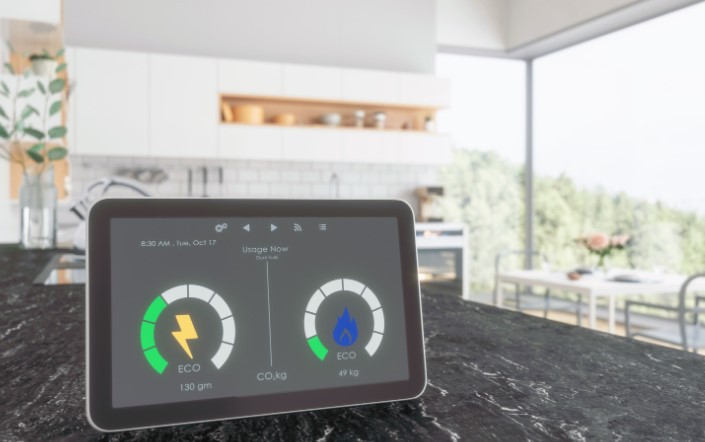
How Is Energy Transferred in Electrical Appliances?
Electrical appliances operate by converting electrical energy into other forms of energy. This energy transfer happens through different processes depending on the purpose of the appliance. Below are the main ways energy is transferred in electrical devices:
Energy Transfer in Heating Appliances
Some appliances are designed to generate heat by converting electrical energy into thermal energy. These appliances typically use resistive elements to produce heat. Examples include:
- Electric heaters – Convert electrical energy directly into heat to warm a room.
- Kettles – Use an electric heating element to boil water.
- Toasters – Convert electrical energy into heat to brown bread.
Energy Transfer in Motion-Based Appliances
Certain appliances transfer electrical energy into kinetic energy to create movement. These appliances often contain electric motors that drive motion. Examples include:
- Fans – Convert electrical energy into kinetic energy to circulate air.
- Washing machines – Use motors to spin washing machine and clean clothes.
- Electric drills – Convert electrical energy into rotational motion for drilling holes.
Energy Transfer in Lighting and Sound-Producing Appliances
Some appliances convert electrical energy into light or sound. These are often used for illumination, communication, or entertainment. Examples include:
- Light bulbs – Convert electrical energy into light energy, with some energy lost as heat.
- Speakers – Convert electrical energy into sound waves through vibrations.
- Televisions – Convert electrical energy into both light and sound energy.
Energy Transfer Efficiency and Energy Loss
During energy transfer, some energy is always lost, usually in the form of heat due to resistance in electrical components. This is why energy efficiency is an important consideration when designing electrical appliances. More efficient appliances convert a greater proportion of electrical energy into useful work while minimizing waste.
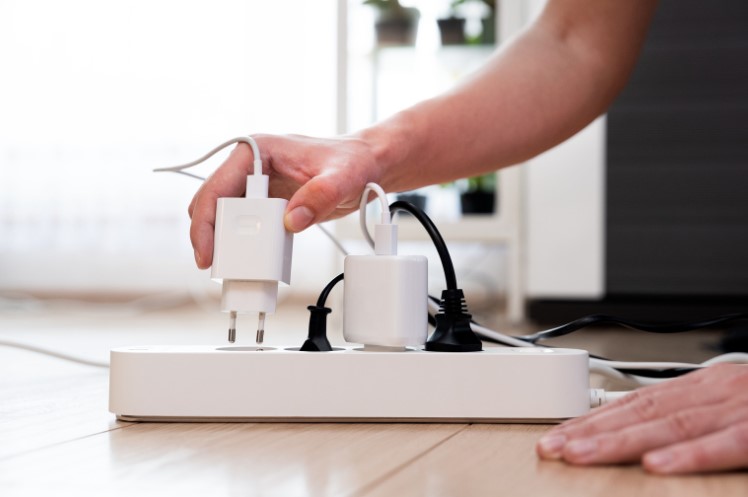
What Is the Unit for Energy Transferred?
The unit for energy transferred is the joule (J). Since power is measured in watts (W), we can express energy transfer as:
Energy(J) = Power(W) × Time(s)
For example, if a 100W bulb is on for 5 seconds, the total energy transferred is:
100W × 5s = 500J
In electricity bills, energy is measured in kilowatt-hours (kWh):
1kWh = 1000W × 1 hour
What Units Are Used for Work Done?
The unit for work done is also joules (J), since work and energy are closely related.
The formula for work done is:
Work Done = Force × Distance
Examples of work done in daily life:
- Lifting a box – Work is done against gravity.
- Pushing a trolley – Work is done by applying force over a distance.
Since electrical appliances transfer energy to do work, they also follow the same principle.
How Do You Calculate the Power of an Electrical Appliance?
Power can also be calculated using voltage (V) and current (I):
P = VI
Where:
- P = Power (W)
- V = Voltage (V)
- I = Current (A)
For example, if a device runs on 230V (UK mains voltage) and draws 2A of current:
P = 230V × 2A = 460W
This means it transfers 460 joules per second.
The Power of an Electrical Appliance Is a Measure of How Quickly It Transfers… What?
The power of an electrical appliance measures how quickly it transfers energy.
- Higher power rating → Faster energy transfer
- Lower power rating → Slower energy transfer
For example:
✔ A 2000W kettle boils water faster than a 700W kettle.
✔ A 100W bulb is brighter than a 40W bulb.
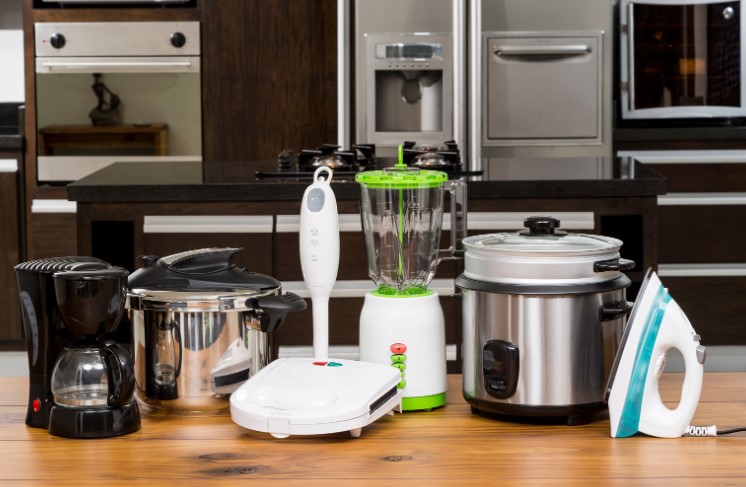
What Are Some Examples of Energy Transfers in Everyday Appliances?
Here are examples of energy transfers in common electrical appliances:
| Appliance | Energy Transfer |
|---|---|
| Electric Heater | Electrical → Thermal (heat) |
| Light Bulb | Electrical → Light + Thermal |
| Speaker | Electrical → Sound + Some Thermal Loss |
| Fan | Electrical → Kinetic (motion) + Some Thermal Loss |
| TV | Electrical → Light + Sound + Some Thermal Loss |
Energy is never lost, only converted into different forms.
Conclusion
- The amount of energy transferred per second is called power.
- Power is measured in watts (W), where 1W = 1 joule per second.
- Electrical appliances convert energy at different rates, which determines their efficiency.
- Understanding power ratings helps manage energy consumption.
Next time you use an electrical device, remember: you’re witnessing energy transfer in action!
Frequently Asked Questions (FAQs)
1. What is the SI unit of power?
The SI unit of power is the watt (W), which equals 1 joule per second.
2. How is power different from energy?
Power measures energy transfer per second (watts), while energy is the total amount transferred (joules).
3. How can I reduce my energy consumption?
- Use energy-efficient appliances like LED bulbs.
- Turn off devices when not in use.
- Unplug chargers to prevent standby energy loss.

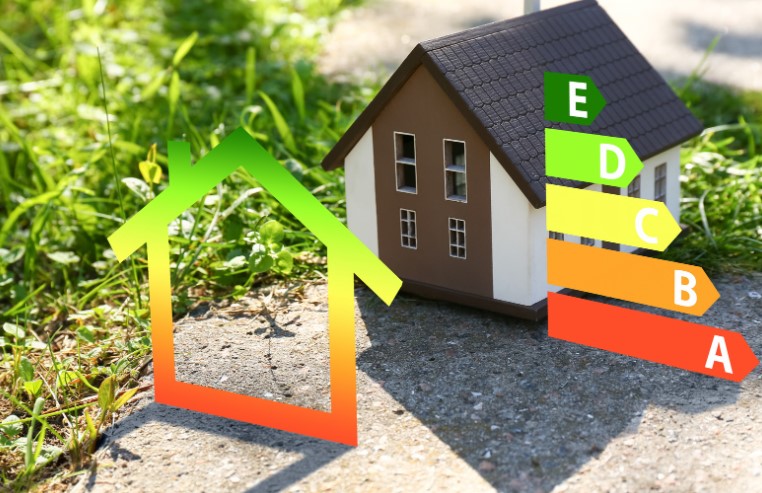
0 Comments